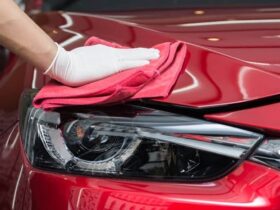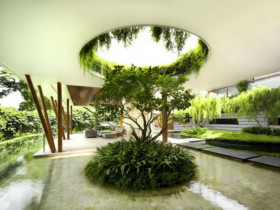In 2010, the law on energy conservation entered Russia. This means replacing the incandescent lamps in energy -saving to reduce the expenses of the state budget and consolidate relations with the world community. The European Union has been practicing the use of fluorescent lamps for streets, production facilities and houses. The trend of reducing the share of incandescent lamps in the market is visible. The same thing happens in Moscow.
As stickers on packages of energy -saving lamps say, they save up to 80% of electricity. When the lamp is turned on, mercury pairs are produced inside its flask, ultraviolet radiation appears, and it will turn into the light of phosphor.
It will not be difficult to calculate the benefits when replacing an ordinary lamp 100 watts with the same in 18-25 watts. And obvious savings can be seen, for example, replacing all the lamps in the office with energy -saving.
In use, energy-saving lamps win-their service life is 6-8 times longer than a regular lamp. Accordingly, one energy -saving is better than six ordinary.
There is no incandescent thread in the energy -saving lamp, it is safer. While an ordinary lamp can explode, damage the interior and injure others.
A wide selection of a light level range allows you to create various lighting options, such as daylight (4200k) or cold daylight (6200k), or warm light (2700k).
Another plus use of energy -saving lamps in chandeliers where there are temperature limitations. And of course, a huge selection of a lamp in the form of a ball or candle or flask, spiral.








